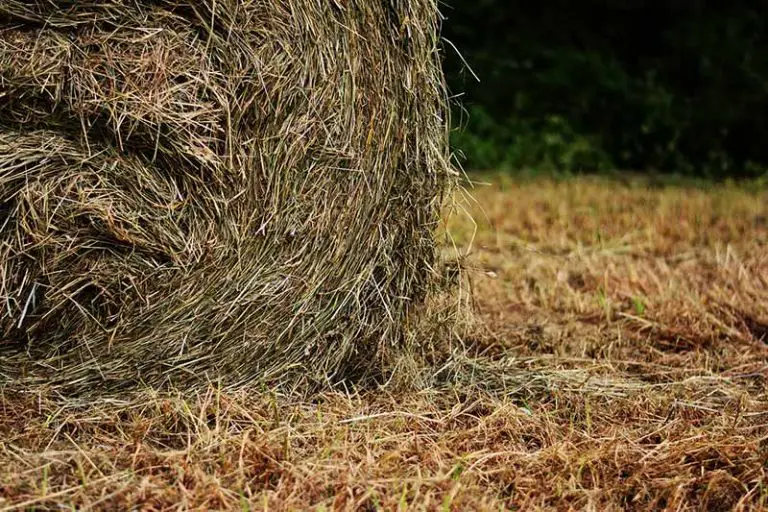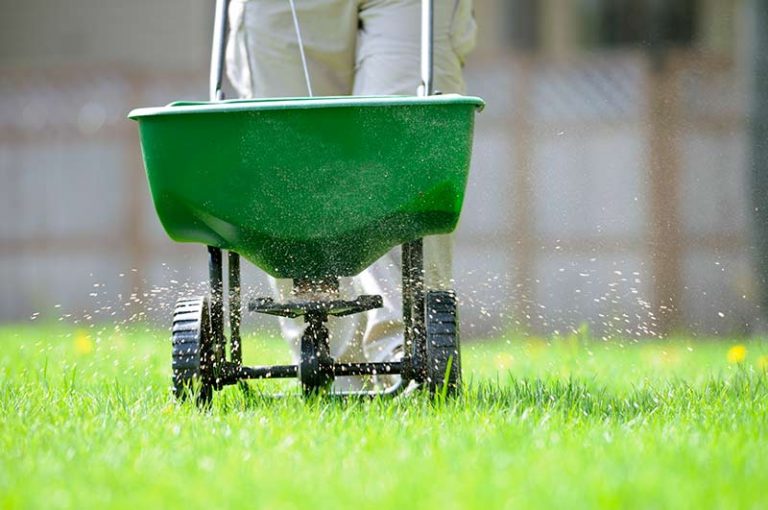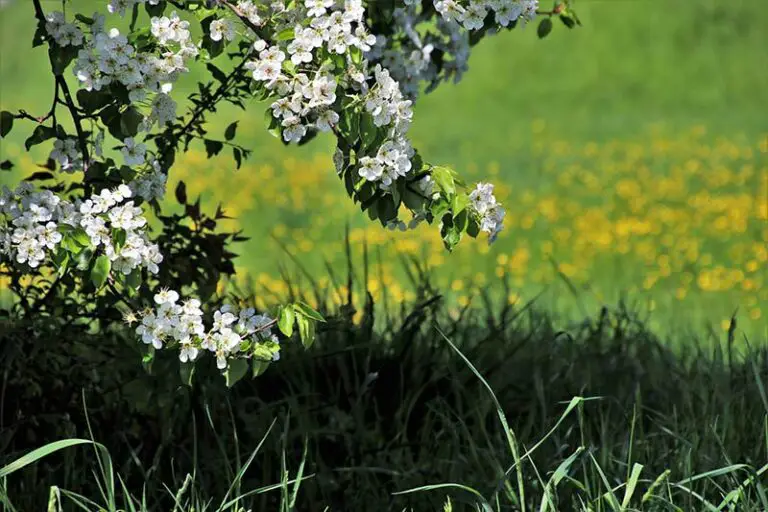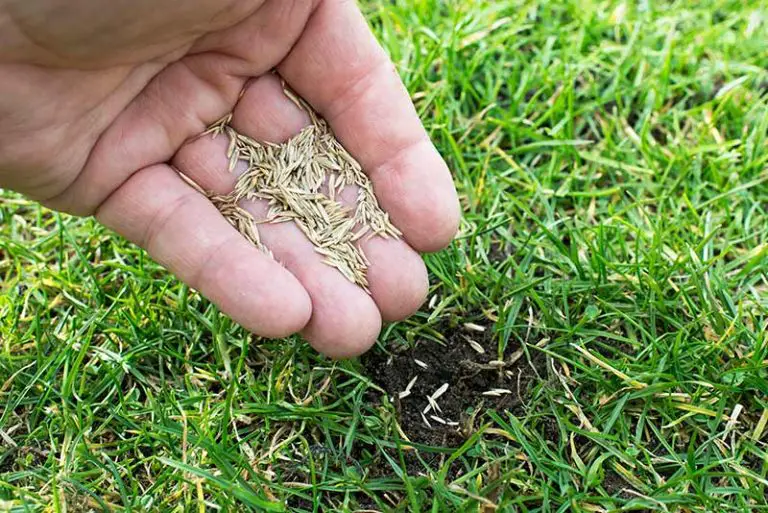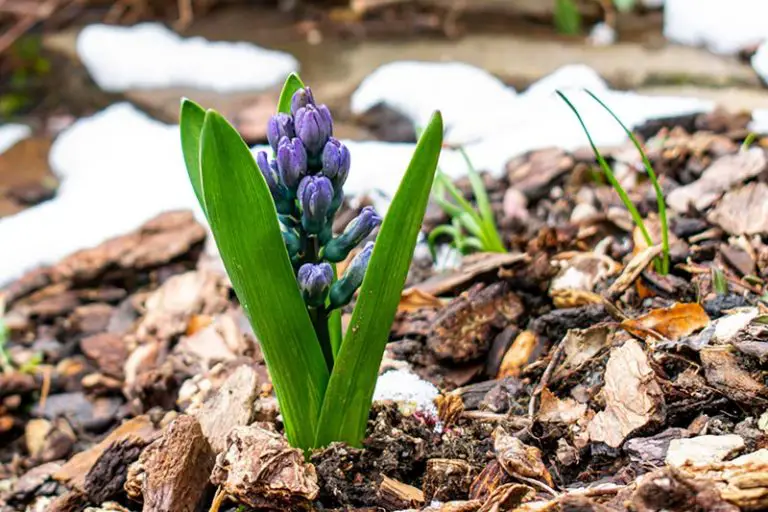Grow Your Lawn with Warm-Season Grasses
All grass species can be categorized as either warm-season grasses or cool-season grasses.
Warm-season grasses are those which thrive in warmer climates, requiring sun and consistently high temperatures to grow. These grasses grow most actively during the spring and summer, before turning dormant when temperatures drop in the late fall. Due to this growth habit, warm-season grasses are typically found in the southern and transitional regions of the US.
What Are Warm-Season Grasses?
Warm-season grasses are those which thrive in warmer climates where air temperatures average between 75 and 95°F. Due to this growth habit, warm-season grasses are typically found in the southern regions of the US.
Common warm-season grasses include zoysia grass, Bermuda grass, St. Augustine grass, buffalo grass, and centipede grass. If you plant warm-season grass on your lawn, the grass will grow most actively during the spring and summer. In the winter months or during periods of drought, the grass will enter a state of dormancy, turning brown and appearing dead. The grass will green back up again once conditions return to normal.
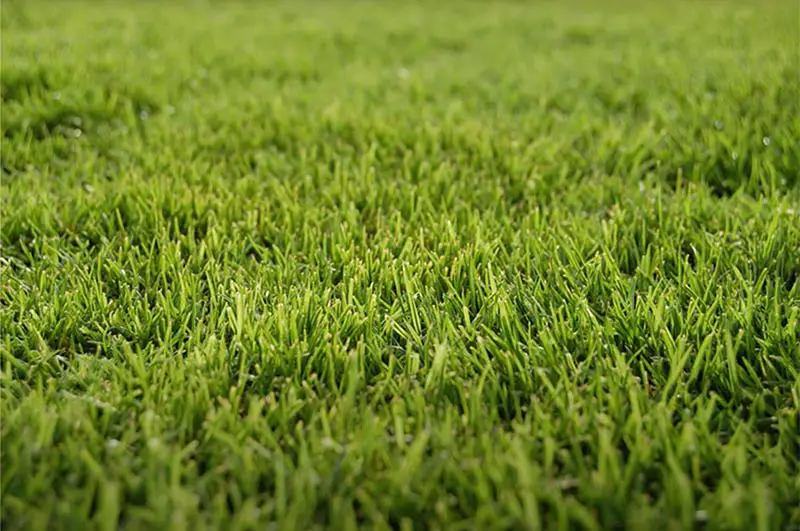
Where in the US Do Warm-Season Grasses Grow?
Warm-season grasses thrive in the south, southeast, and southwest regions of the US. In these parts of the country, the warmer climate provides the ideal conditions to support the growth of warm-season grass types all year round. Many warm-season grasses are also well-adapted to survive cooler temperatures, meaning this grass type is also found in lawns in the transition regions.
Types of Warm-Season Grasses
Common types of warm-season grasses include zoysia grass, Bermuda grass, St. Augustine grass, buffalo grass, and centipede grass.
Zoysia Grass
Zoysia grass is a popular warm-season grass with fluffy, dark-green to grayish-green blades. It forms a dense lawn that easily outcompetes weed growth. Zoysia grass is typically established from grass plugs or by laying sod. It spreads by runners or stolons; these are horizontal stems that grow above ground on the soil surface.
Zoysia grass grows best in full sun, but will also withstand light shade and moderate shade in warmer climates. This grass also has excellent tolerance to foot traffic, being one of the hardiest warm-season grass types; it is therefore ideal for use on play areas, slopes, terraces, and other parts of the lawn that see a lot of traffic.
Zoysia grass is less tolerant of cooler temperatures and will turn brown in the early fall. Another disadvantage of this grass is that it is more susceptible to thatch build-up due to the way in which it spreads; zoysia grass lawns will therefore require more regular dethatching to keep them healthy.
Bermuda Grass
Bermuda grass is an extremely durable warm-season grass with dark green blades. As it is native to tropical climates, Bermuda grass thrives in regions with hot temperatures and plentiful rainfall. It is generally well-adapted to a range of conditions, growing best in full sun and warm climates.
This grass has an aggressive growth habit, spreading by both overground stolons and underground rhizomes. Due to this growth habit, Bermuda grass can invade lawns and garden beds where it isn’t wanted; when this happens, it’s necessary to kill Bermuda grass by digging it up to stop it from taking over your yard.
St. Augustine Grass
St. Augustine grass is a popular warm-season grass type in the coastal regions of the south. It thrives when growing in moist, sandy soils, and does best in regions with salt air such as those on the coast. St. Augustine grass has thick, coarse blades which are blue-green in color.
St. Augustine grass is tolerant to partial shade, however, it will become thin in severely shaded areas. This grass also requires a lot of moisture to stay green and free of weeds. There is no such thing as St. Augustine grass seed, therefore this grass is most typically grown from grass plugs or sod.
Buffalo Grass
Buffalo grass is a hardy, drought-tolerant warm-season grass type that grows best in hot environments but will also tolerate cooler temperatures. It has fine, gray-green blades. In particularly hot periods of weather, buffalo grass will turn brown, but greens back up quickly when conditions are favorable for its growth.
Buffalo grass is a low-maintenance grass type with a slow growth rate, meaning it requires less frequent mowing than other grasses. It also favors dry conditions, so requires less frequent watering than other grass types.
Centipede Grass
Centipede grass is a warm-season grass type with coarse, light green blades. It is a popular choice for lawns in the southeast regions of the US as it grows best in sandy soils and full sun. With that said, this grass also tolerates light shade and cooler temperatures.
As centipede grass has a shallow root system, this grass requires more frequent watering during dry periods. It is a slow-growing grass, however, so requires less frequent mowing than other grass types.
When Does Warm-Season Grass Turn Dormant?
Warm-season grasses turn dormant in the fall, when consistent soil temperatures drop below 65°F. This will vary depending on the climate in your area, but dormancy typically occurs around mid-November. Some types of warm-season grasses will also go dormant in periods of drought.
When your warm-season grass enters dormancy, it will turn brown and appear as though it’s dead; despite this appearance, your grass is very much alive and will green back up when conditions return back to normal. Dormancy is a mechanism that grass has developed to survive stressful conditions without dying off completely. The upward growth of the grass plants ceases, while the roots remain alive and survive off of stored nutrients. Warm-season grasses typically remain dormant throughout the winter before greening back up in the spring.
When to Plant Warm-Season Grass
The best time to plant warm-season grass is at some point throughout the late spring to early summer, when soil temperatures are at least 70°F. This is when warm-season grass grows most actively, giving the new seed the best chance of a quick establishment. After planting, it should take about 1 to 4 weeks for the grass seed to germinate.
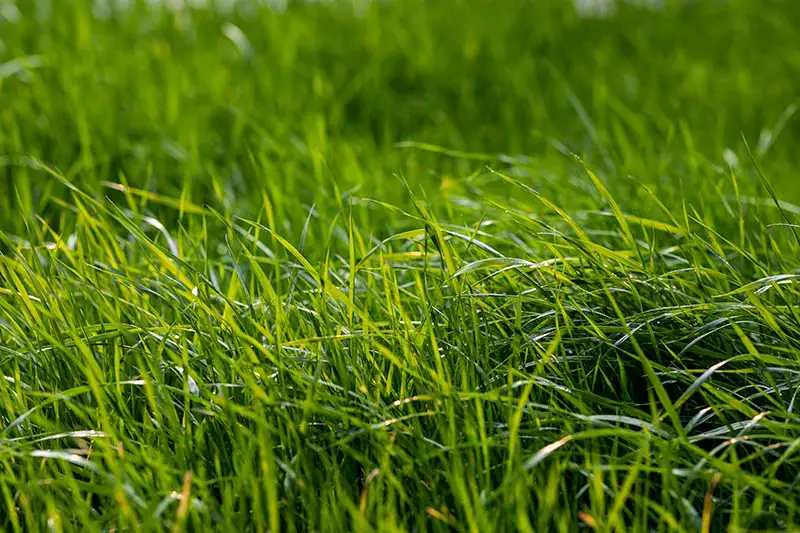
Warm-Season Grass Fertilizer Schedule
You should fertilize your warm-season grass while it’s actively growing, from late spring throughout the summer months, continuing into the fall. Stop fertilizing your warm-season grass when it enters its period of winter dormancy.
The first time you should fertilize your warm-season grass is in the spring when soil temperatures reach 65°F. Apply enough fertilizer to add 0.5 to 1 lb. of nitrogen per 1,000 square foot of soil. Continue fertilizing every 4 to 8 weeks throughout the summer. Your last application of fertilizer should be in the late summer to early fall before your grass turns dormant.
When to Water Warm-Season Grass
In general, established warm-season grass requires about 1 inch of water per week. You should add this amount of water to your warm-season lawn each week through irrigation, factoring in any rainfall that occurs during this time.
If you have sandy soil, it’s best practice to add this water in 2 to 3 lighter watering sessions over the week; sandy soils have poor water retention properties and therefore require more frequent waterings. For all other soil types, you should water deeply and infrequently, adding 1 inch of water in one single session. This encourages the grass plants to grow deeper root systems, making them more resilient to the stress from diseases, pests, and drought.
The best time of day to water your warm-season grass is in the early morning, doing so no later than 10am. If you water too late in the day, much of the water will be lost to evaporation from the sun. Watering earlier also allows enough time for the lawn to dry out before nightfall, reducing the risk of fungal lawn disease overnight.
When to Aerate Warm-Season Grass
The best time to aerate warm-season grass is during the late spring to early summer. For any grass type, it’s best practice to aerate during the grass’ period of most active growth; this allows the grass to recover quickly from the stress of the aerating process. Therefore, aerating in the early summer is recommended for warm-season grasses as this is when they’re growing most vigorously.
Aeration is necessary to break up soil compaction in the turf. Over time, soil becomes compacted from traffic and weather conditions. These conditions compact soil particles closer together, pushing out spaces in the turf. As a result, this hinders the movement of air, water, and nutrients around the grass roots, in addition to stunting the growth of the grass’ root systems. It’s then necessary to aerate the lawn to break up compaction and maintain the health of your grass.
Another factor that affects soil compaction is your lawn’s soil type. Sandy and loamy soils are naturally well-aerated and are therefore less prone to compaction than clay-heavy soils.
When to Dethatch Warm-Season Grass
Like aeration, the best time to dethatch warm-season grass is in the late spring to early summer. Again, this is the period of most active growth for this grass type and therefore encourages a quick recovery from the process.
Thatch is the layer of organic matter that sits between the upward growth of the grass and the soil surface. A light layer of thatch won’t cause any issues for your grass; however, when the thatch layer grows to be over ½ inch thick, it will prevent air, water, and nutrients from reaching the grass roots. You’ll need to monitor the thatch layer in your grass and dethatch when it exceeds this thickness.


